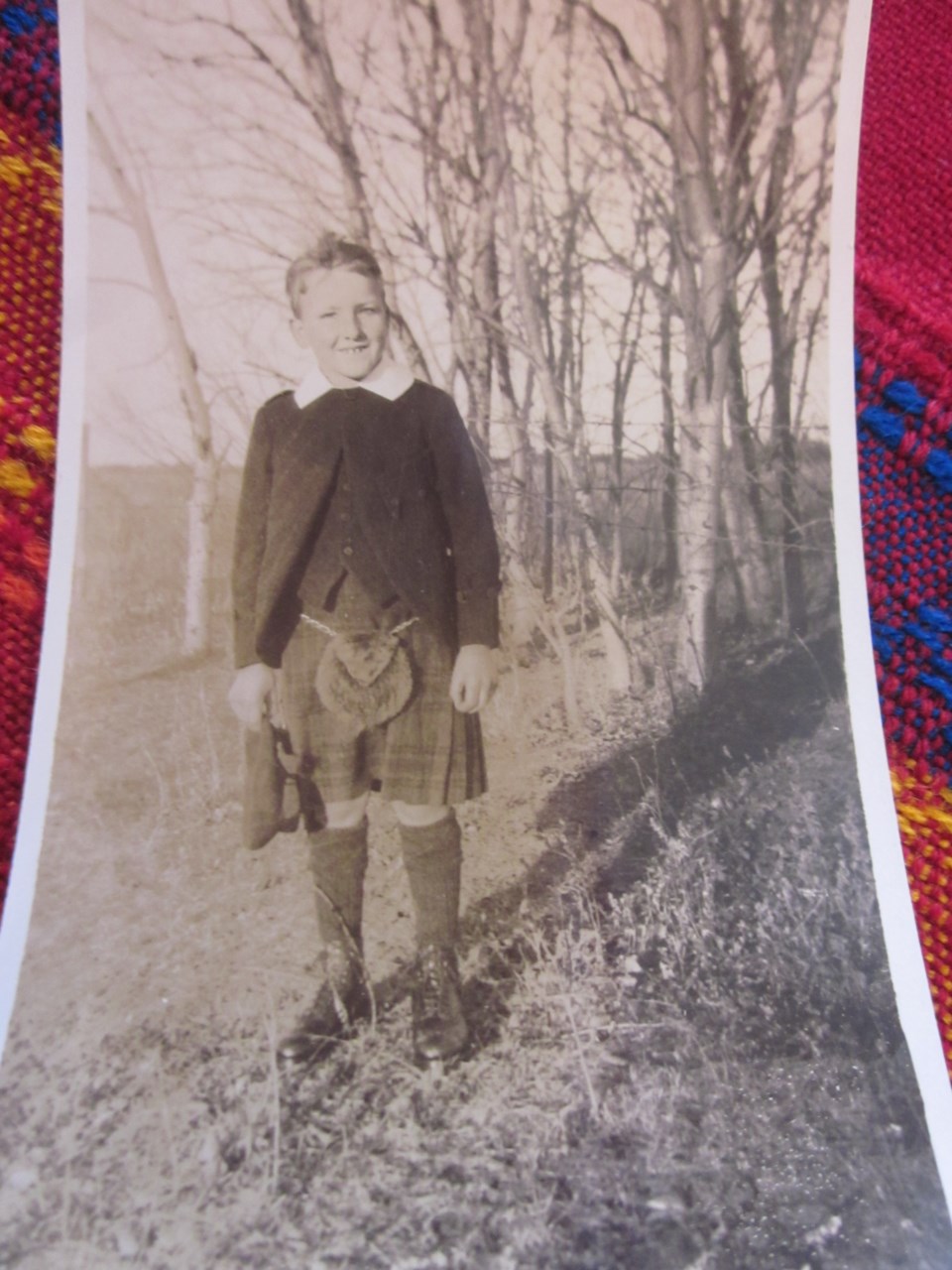UNITY — Barb Robinson, nee Keay, grew up on her family’s farm north of Unity. Her parents, Ronald and Margaret, were both well-known to the community. Robinson had come to inherit some of her parents’ and grandparents’ possessions after they died, including letters from David Keay, Ron’s youngest brother.
In 1936, the Keay family was visited by their Uncle Alex, who was known as Sandy. Sandy had been employed in Johannesburg, South Africa at the Daggafontein gold mine. The mine was looking for more workers to join the force and Sandy came to Canada to recruit. Knowing he had nephews who knew how to work, he made the trek back to the prairies.
Young David had just finished his schooling and was eager to find work. Such an opportunity to travel, work and be connected to family was ideal for him. He agreed to travel back with Sandy, where he would start work in South Africa working the gold mines.
David wrote to his parents, Dave and Grace Keay, weekly, keeping them updated on how things were working out for him and the adventures he had. David travelled by train from Unity to the East Coast, where he boarded a ship taking him to Scotland. He was able to visit family who still resided there before he departed for South Africa.
Nov. 10, 1936: An air-mail letter was sent from Scotland to a contact in Cape Town, South Africa, alerting the reader that David would be on the “Edinburgh Castle” boat and that someone would have to meet him upon arrival. A letter of 20-pound credit was given to the boat company in case David could not land in Africa, which would be used to cover the expenses of travelling back. If David did land, that money would be refunded. David also had to ensure he had to have 100 pounds to successfully land in Africa.
Nov. 15, 1936 David writes:
“Now on board ship ‘Union Castle Line’ R.M.S. ‘Edinburgh Castle’ and crossing the Bay of Biscay after departing Southampton. Landed at Madeira but we stayed out from shore while row boats brought us to land. Portuguese people offering for sale chairs made of cane with Madeira 1936 woven into the chair back. Crossed the equator last Sunday. This 26-year-old coal-burning boat is on its last voyage as a mail carrier. Since leaving Unity it will be 50 days if I get to Johannesburg on Dec. 3. Arrived in Cape Town at 6 a.m. Table Mountain stood easily distinguishable among the rest. Booked railway ticket to Johannesburg.
In a letter dated Dec. 3, 1936, David wrote that he met up with Sandy at the Johannesburg train station. They boarded another train, taking them both to the city of Springs followed by a connecting train to Daggafontein gold mine. They went to Sandy’s workplace office and Sandy talked to a manager about a position for David.
Dec. 11, 1936: A letter to the family was sent from Assay Office, Daggafontein Gold Mine, P.O. Box 64, Springs, Transvaal, South Africa. It reads:
Here nine days. Personally met one of the managers. Will be hired as a “sampler” after getting my “red ticket.” Need to acquire this from the Phthisis Bureau in Johannesburg. Uncle Alex’s friend Jack Gould from the nearby city of Brakpan invites us for supper.”
David was unable to obtain his “red ticket” as he was an outsider and South African men got priority. Instead, David secured work in the reduction department. Work consisted of being lowered 4,000 feet in a matter of two minutes in a cage, then walking a few miles underground collecting ore from the shaft to the molten area. The mine employed approximately 10,000 men, who collected, melted down and put into molds every two weeks. Each mold would weigh 1,000 ounces when done.
The Keay family in Unity received two letters from David on Dec. 14, 1936. He explains that he plans to take a technical course in January which will be paid for by the mine if he has good attendance. His first job will be in the smelting house. In the last two letters of the year, he continues to tell his family of the work he is doing. He wears long asbestos mitts when working in the smelting house and how the work is labour-intensive and extremely hot. He also wrote how 19 gold bars were scrubbed and washed before being transported by armed police and for Christmas, each employee received a calendar from the employer.
More of David’s story will be shared over the next while, so please watch for the continuation in an upcoming issue of the Unity-Wilkie Press Herald.




